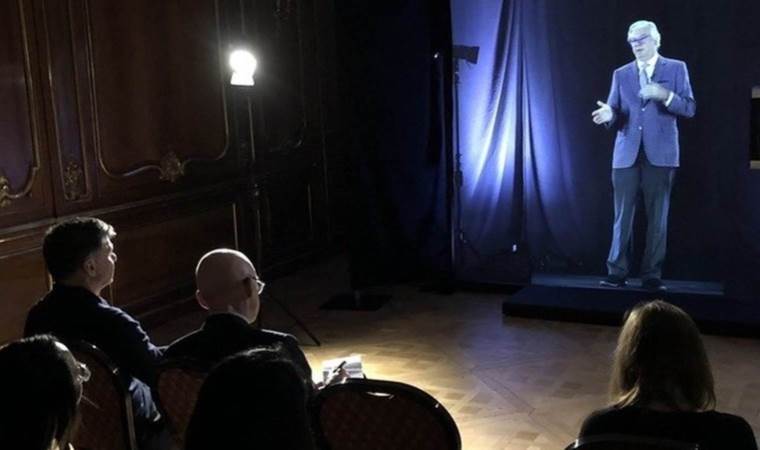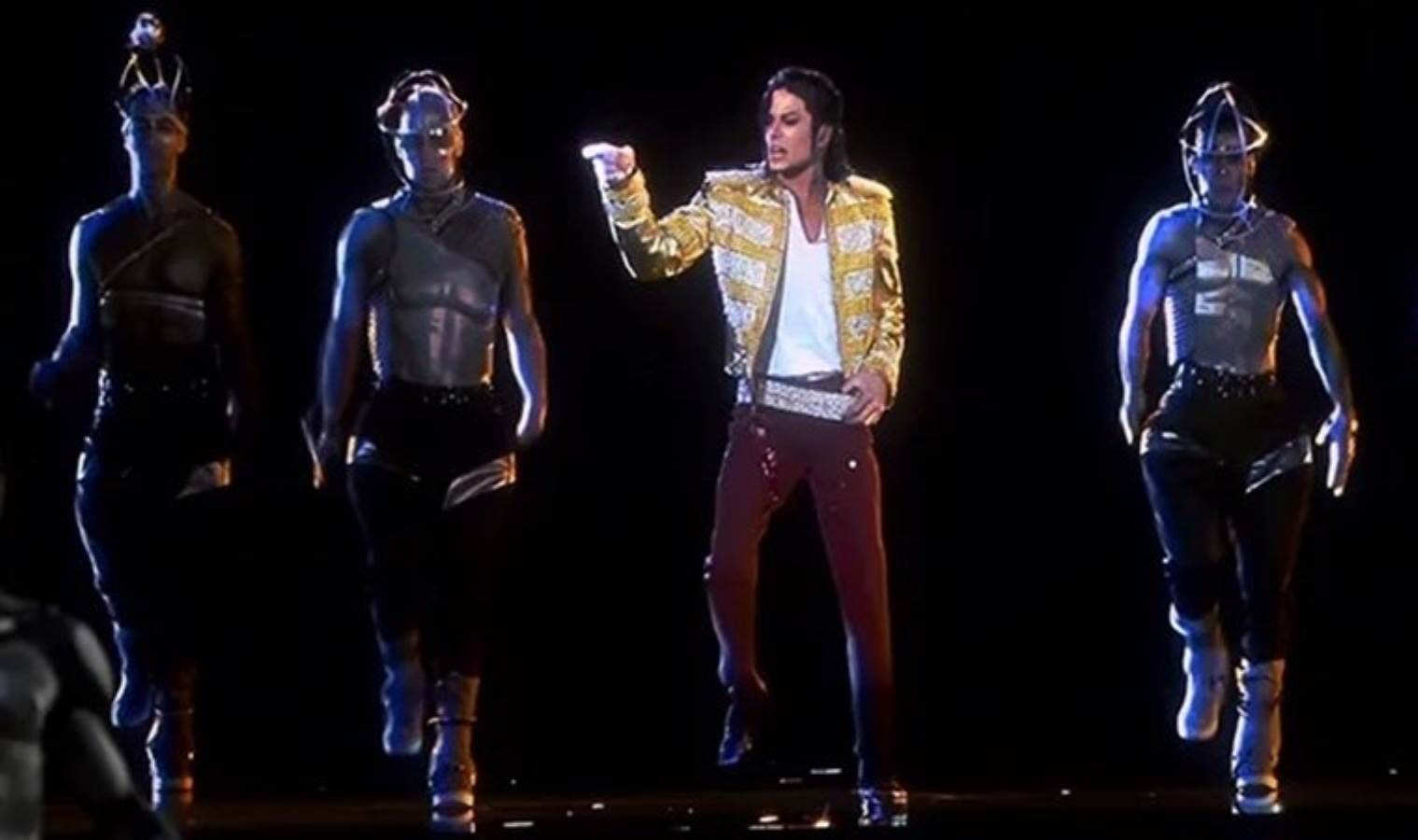Revolution in education: Hologram professors teaching classes
Loughborough University, located in Leicestershire, United Kingdom, has started projecting professors teaching at the Massachusetts Institute of Technology, approximately 5,000 kilometers away, into their classrooms in real-time using hologram technology.

According to a report in The Guardian, professors from across the ocean will teach students; business students will learn about challenging professional cases from hologram professors.
Rachel Thomson, Deputy Director of Loughborough University, noted that projecting professors into classrooms via holograms is "much cheaper and more environmentally friendly."
Vikki Locke, the Undergraduate Director at Loughborough University, mentioned that "students prefer the teleportation of a guest from the industry into the classroom to looking at a two-dimensional surface."
Previously common in the entertainment industry, hologram technology will officially enter Loughborough University's course programs in 2025.
In 2014, five years after his death, world-famous pop star Michael Jackson gave a concert to his fans via hologram.

WHAT IS HOLOGRAM TECHNOLOGY?
Hologram technology is based on the principle of creating three-dimensional (3D) images using light waves.
This technology allows for the creation of visuals that are very close to reality, providing a sense of depth and offering different images when viewed from various angles. Holograms present three-dimensional, visual copies of real objects or designs and are generally produced using light sources and lasers.
The fundamental principles of hologram technology are as follows:
LightWave Recording: Holograms are created by recording and reproducing light waves. A laser beam is split into two parts. One beam reaches the holographic film directly, while the other first strikes an object and then reflects onto the film.
Interference and Diffraction: The light reflected from the object combines with the light that reaches the film directly, creating an interference pattern. This pattern contains the light wave information of the object and is recorded on the holographic film.
Visual Display: When the holographic film is illuminated in a certain way, the recorded light waves form a three-dimensional image of the object. This image appears like a copy of the real object, and the viewer can walk around it to see the object from different angles.
Color and Resolution: Advanced hologram technologies can produce high-resolution and colored images.
WHERE IS HOLOGRAM TECHNOLOGY USED?
Hologram technology is used in various fields:
Entertainment and Art: In concerts and theater performances, holograms of artists from the past or those who are no longer alive can be used.
Education and Training: Holograms can be used for visualizing complex concepts in medicine and science.
Advertising and Marketing: Eye-catching holograms can be used in product promotions and advertising campaigns.
Security: Holographic labels can be used for anti-counterfeiting and product verification purposes.
Telecommunications: In the future, holographic video conferences could provide realistic and interactive meetings.
Hologram technology is rapidly evolving and becoming more sophisticated, increasing its potential for innovative applications in many areas.
Most Read News
-
 Venezuela adds 5,600 new soldiers to armed forces amid t
Venezuela adds 5,600 new soldiers to armed forces amid t
-
 Italy to send emergency supplies to Ukraine to support i
Italy to send emergency supplies to Ukraine to support i
-
 US Congress to repeal Caesar Act sanctions on Syria, doc
US Congress to repeal Caesar Act sanctions on Syria, doc
-
 US envoy to Syria hails 1st anniversary of Assad’s fall
US envoy to Syria hails 1st anniversary of Assad’s fall
-
 EU Council president calls on US to respect bloc's domes
EU Council president calls on US to respect bloc's domes
-
 Germany slams US national security strategy for ‘critica
Germany slams US national security strategy for ‘critica
-
 Shooting at Oslo shopping center, perpetrator taken into
Shooting at Oslo shopping center, perpetrator taken into
-
 Israeli police swap UN flag for Israeli flag during raid
Israeli police swap UN flag for Israeli flag during raid








